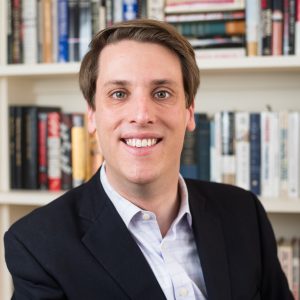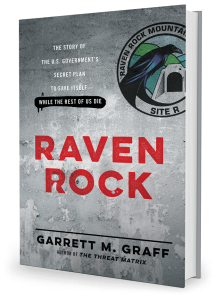This month marks one of the few occasions I’ve had real sympathy for our food critics. A good burger—a really good burger—can be the highlight of the summer, especially paired with a great beer or, if you’re a teetotaler, a milkshake (see sidebar). Our food writers—Todd Kliman, Ann Limpert, and Anna Spiegel—spent three months eating burgers to compile our first-ever roster of the 25 best. But eating too many in a short time can turn unappetizing.
I ran into Anna toward the end of her research as she ate a burger at the London-inspired pub Duke’s Grocery, near Dupont Circle, and she seemed exhausted by all the meat she’d consumed. (I, meanwhile, had just finished Duke’s light, crisp green-papaya salad and couldn’t have been happier.) Her look was understandable: A lot of beef, pork, and chicken was consumed for this month’s cover package.
At first glance, Cheap Eats seems to be about American food (what’s more red-white-and-blue than burgers, pizza, and barbecue?), but a closer look shows just how international our food now is. There’s a Vietnamese-inspired burger, a Mediterranean rendition with lamb, a version topped with Brie, and Ann Limpert’s personal favorite, the Burger Américain at Washington’s best French bistro, Le Diplomate. There’s a delicious Peking-duck-style hot dog in Alexandria and great fried chicken with Greek yogurt in Rockville. The comfort-food section encompasses pho, chicken korma, pad Thai, croquetas, carnitas sopas, and an Australian’s take on fish and chips, not to mention kebabs, Peruvian chicken, and gyros. Pizzas include classics as well as multicultural offerings like Greek and Thai, even an Indian-style pie baked with naan.
Washington’s dining scene has been influenced by wave after wave of immigration, by cultures mixing neighborhood to neighborhood and suburb to suburb. Doro wat is on our list partly because of the surge in immigration following civil unrest in Ethiopia, and our area became a major center of Vietnamese refugees following the war in Vietnam—a dynamic that created at least one unlikely restaurateur. This winter, as I read Andrew Friedman’s history of the Northern Virginia suburbs, Covert Capital, I discovered that South Vietnamese police chief Nguyen Ngoc Loan quietly opened a pizza place in Burke after resettling here in the ’70s. AP photographer Eddie Adams had won a Pulitzer Prize for his 1968 photograph of Loan holding a pistol to the head of an accused criminal in a Saigon street as he executed the man—perhaps the most famous photograph of the Vietnam War. It took the better part of a decade before people connected the owner of the restaurant Les Trois Continents, in Burke’s Rolling Valley Mall, to the accused war criminal. According to news reports, Loan actually made a pretty decent pizza before closing the eatery in the early ’90s.
Of course, immigration flows both ways. The Eden Center, a mall that’s the heart of Vietnamese culture in Falls Church, was named after the Eden Arcade, once among Saigon’s toniest shopping plazas, and the Eden Center’s clock tower is a replica of the one near that former landmark. In his book, Friedman tells of Tien Hoang, a Virginia developer who returned to Ho Chi Minh City, as Saigon’s now known, a decade ago as that metropolis thrived. He started building a 500-house subdivision outside the city and a strip mall nearby. The name he kicked around for his Vietnamese mall? Little Fairfax.



Recent Comments